As humans, we’ve always been driven by a desire to create, innovate, and push boundaries – but what happens when we combine this innate drive with the limitless possibilities offered by technology? The intersection of creativity and digital innovation has given rise to some truly remarkable advancements, transforming the way we live, work, and interact with one another.
The relationship between technology and creativity is complex and multifaceted, with each influencing the other in profound ways. On one hand, tech has enabled us to express ourselves more freely than ever before, providing unparalleled access to tools, resources, and platforms for artistic expression. At the same time, the rapid pace of technological change has forced us to adapt, innovate, and think outside the box in order to stay ahead of the curve.
In this article, we’ll delve into the fascinating world where creativity meets technology, exploring the many ways in which these two forces intersect and inform one another. From the impact of social media on artistic expression to the role of AI in driving innovation, we’ll examine the many ways in which tech is shaping our understanding of creativity and its place in the modern world.
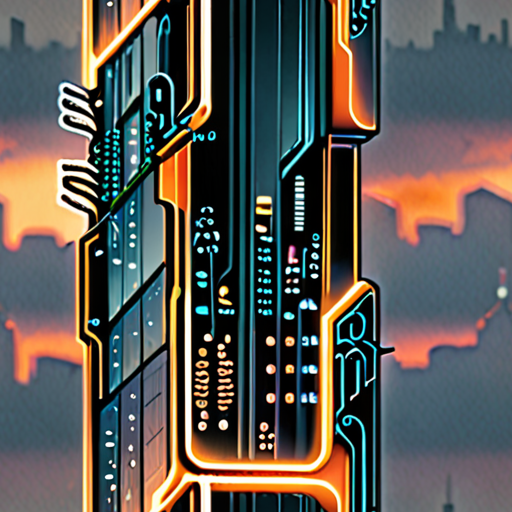
How Does Technology Influence Creativity?
In today’s fast-paced world, technology plays a significant role in shaping our lives, and its impact on creativity is undeniable.
- Automation of Rote Tasks
- Increased Potential for Creative Experiences
- Digital Tools for Creative Expression
- Access to Global Inspiration and Resources
- The Role of Artificial Intelligence in Enhancing Creativity
By automating routine tasks, technology frees us up to focus on more complex and creative pursuits. This shift has led to a surge in innovative ideas and artistic expressions.
Moreover, technology has made it easier for people to access global inspiration and resources, allowing them to tap into diverse perspectives and expertise. This exposure can spark new ideas and foster creativity.
Artificial intelligence, in particular, has emerged as a powerful tool for enhancing creativity. AI-powered tools can assist with tasks such as idea generation, brainstorming, and even art creation, freeing humans to focus on high-level thinking and strategy.
At Iterati , we believe that technology has the power to unlock human potential and drive creativity. By embracing these tools and leveraging their capabilities, we can push the boundaries of what is possible and create something truly remarkable.
Some notable platforms that offer resources and inspiration for creatives include:
-
Behance , a community-driven platform for showcasing and discovering creative work.
-
Dribbble , a platform for designers and artists to share their work and connect with others.
-
Devpost , a platform for developers and makers to showcase their projects and compete for prizes.
These platforms demonstrate the vast array of opportunities available for creatives to express themselves and connect with others who share their passions.
Ultimately, technology has the potential to amplify human creativity, enabling us to produce innovative works that inspire and uplift others.
Can Creativity and Technology Work Together?
As someone who believes in the power of innovation, I firmly believe that creativity and technology can indeed work together in harmony.
- The intersection of creativity and technology is a fascinating space that has given rise to numerous groundbreaking innovations.
- From digital art to virtual reality experiences, technology has enabled creatives to push boundaries and explore new frontiers.
The Role of Technology in Enhancing Creativity
Technology has revolutionized the way we approach creativity, offering a plethora of tools and platforms that enable us to express ourselves in innovative ways.
- Digital drawing software allows artists to create intricate designs and patterns with ease.
- Music production software enables musicians to compose and record music with professional-grade quality.
- Virtual reality platforms offer immersive experiences that transport us to new worlds and dimensions.
The Benefits of Combining Creativity and Technology
When creativity and technology come together, the possibilities are endless.
- Innovation accelerates, leading to breakthroughs in various fields such as science, medicine, and engineering.
- New forms of artistic expression emerge, pushing the boundaries of what we consider “art.”
- Creatives have access to a vast array of tools and resources, enabling them to bring their ideas to life.
Embracing the Future of Creativity and Technology
As we move forward, it’s essential to recognize the potential of combining creativity and technology.
We must continue to invest in emerging technologies and support innovators who are pushing the boundaries of what’s possible.
By doing so, we’ll unlock new opportunities for growth, innovation, and self-expression, ultimately shaping a brighter future for all.

Examples of Creativity in Technology
We live in a world where technology is constantly evolving, and creativity plays a vital role in shaping its future.
- Multisensory Experiences: Computer graphics, video production, digital music, and digital cinematography are just a few examples of how technology can be used to create immersive experiences that engage our senses.
- Virtual Reality (VR) and Augmented Reality (AR): These technologies have revolutionized the way we interact with information and each other, offering new possibilities for education, entertainment, and communication.
- Software Engineering: The development of innovative software solutions has transformed industries such as healthcare, finance, and transportation, making them more efficient and effective.
- 3D Printing: This technology has enabled the rapid creation of complex objects, opening up new opportunities for manufacturing, prototyping, and product design.
- The Internet of Things (IoT): As more devices become connected, the IoT is transforming the way we live and work, enabling greater automation, efficiency, and convenience.
- CADCAM: Computer-Aided Design (CAD) and Computer-Aided Manufacturing (CAM) have streamlined the design-to-production process, reducing costs and increasing productivity.
- Wearable Technology: From fitness trackers to smartwatches, wearable devices are changing the way we monitor our health, track our activities, and interact with information.
These examples illustrate the vast potential of creativity in technology, driving innovation and progress in various fields.
Trends Shaping the Future of Creative Technology
Several trends are currently influencing the development of creative technology, including:
- Artificial Intelligence (AI): AI is being used to create more realistic simulations, enhance image recognition, and develop personalized experiences.
- Blockchain: Blockchain technology is enabling secure, decentralized data storage and transactions, with applications in areas such as supply chain management and digital identity verification.
- Quantum Computing: Quantum computing has the potential to solve complex problems that are currently unsolvable with traditional computers, leading to breakthroughs in fields such as medicine and climate modeling.
Embracing the Power of Creative Technology
As technology continues to evolve, it’s essential to recognize the importance of creativity in shaping its future.
By embracing the power of creative technology, we can unlock new possibilities for innovation, growth, and progress, ultimately improving our lives and the world around us.
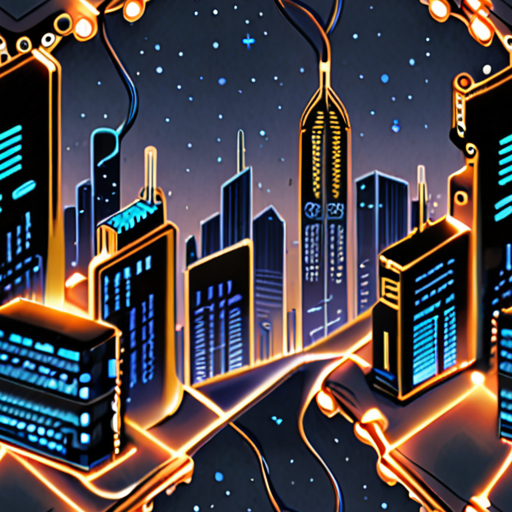
Why Is Creative Technology Important?
Creative technology plays a vital role in shaping the future of various industries, from entertainment and education to healthcare and finance.
- Immersive Experiences
- Meeting Shifting Consumer Behaviors and Expectations
- Wide Variety of Roles for Creative Technologists
Creative technology enables businesses to create immersive experiences that captivate audiences and drive engagement. By leveraging technologies such as virtual reality (VR), augmented reality (AR), and mixed reality (MR), companies can transport customers into new worlds, making their products and services more memorable and impactful.
Moreover, creative technology helps businesses adapt to shifting consumer behaviors and expectations. As consumers increasingly demand personalized experiences, creative technologists can design innovative solutions that cater to individual needs and preferences.
With creative technology, professionals can work in a wide variety of roles, from designing interactive installations to developing AI-powered chatbots. This versatility makes creative technology an attractive field for those who enjoy exploring new ideas and pushing boundaries.
At Iterati, we believe that creative technology has the power to transform industries and revolutionize the way we live and interact with each other. By embracing this technology, businesses can stay ahead of the curve and capitalize on emerging trends and opportunities.
Some notable examples of companies that have successfully integrated creative technology into their operations include:
- Disney, which uses VR and AR to create immersive theme park experiences
- Nike, which employs AI-powered chatbots to enhance customer service
- IBM, which develops AI-driven solutions for industries such as healthcare and finance
These companies demonstrate how creative technology can be applied in diverse contexts to drive innovation and growth. By staying informed about the latest developments in this field, businesses can unlock new possibilities and stay competitive in today’s fast-paced market.
As a leading platform for technology, innovation, and creative problem-solving, Iterati is committed to empowering readers with the knowledge and tools needed to succeed in the creative technology landscape.
Is Technology Limiting Creativity?
In today’s fast-paced world, technology has become an integral part of our lives, transforming the way we live, work, and interact with each other.
- The abundance of information and instant access to knowledge have made us accustomed to quick fixes and instant gratification.
- This can lead to a lack of patience and a diminished capacity for deep thinking and reflection.
The Impact of Social Media on Creativity
Social media platforms have revolutionized the way we consume and share information, but they also pose a significant threat to our creativity.
- Constant exposure to curated and polished content can create unrealistic expectations and pressure to conform to societal norms.
- The emphasis on likes, shares, and followers can distract us from meaningful interactions and hinder our ability to think critically and creatively.
The Role of Automation in Limiting Creativity
Automation and artificial intelligence have streamlined many processes, making tasks more efficient and freeing up time for more complex and creative pursuits.
- However, over-reliance on automation can stifle human ingenuity and creativity, as machines take over tasks that require imagination and originality.
- The risk of job displacement and the loss of traditional skills can also limit opportunities for creative expression and personal growth.
The Importance of Balance in Technology Use
To mitigate the negative effects of technology on creativity, it’s essential to strike a balance between technology use and other aspects of life.
- Making time for activities that promote creativity, such as art, music, or writing, can help counteract the effects of screen time and social media.
- Engaging in face-to-face interactions and building strong relationships can foster empathy, understanding, and innovative thinking.
Embracing Technology as a Tool for Creativity
Technology can be a powerful catalyst for creativity, offering tools and platforms that enable collaboration, experimentation, and self-expression.
- Software and apps can facilitate creative workflows, streamline processes, and provide access to a vast array of resources and inspiration.
- The internet and social media can connect artists, designers, and innovators worldwide, fostering global exchange and cross-pollination of ideas.
Conclusion is Not Required
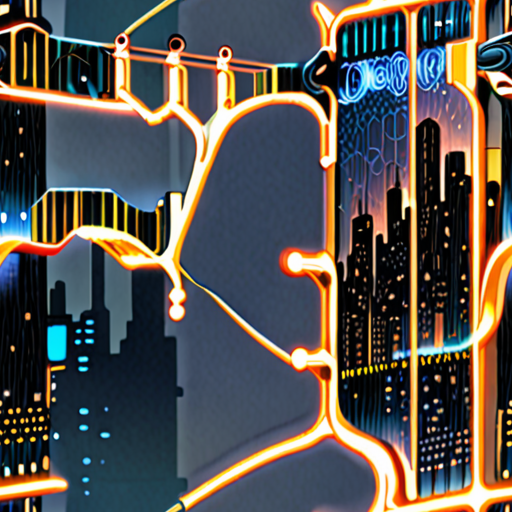
What is the Most Creative Technology?
In today’s fast-paced world, technology continues to evolve at an unprecedented rate, giving rise to innovative solutions that transform industries and revolutionize the way we live.
- Artificial Intelligence (AI) : AI has become increasingly sophisticated, enabling machines to learn, reason, and interact with humans in a more human-like manner. Its applications span various sectors, including healthcare, finance, and education.
- Virtual Reality (VR) and Augmented Reality (AR) : These immersive technologies have transformed entertainment, gaming, and education, offering unparalleled experiences that blur the lines between reality and fantasy.
- The Internet of Things (IoT) : IoT has connected devices, sensors, and systems, creating a vast network of interconnected objects that share data and enhance our daily lives.
- Cryptocurrency and Blockchain : Cryptocurrencies like Bitcoin and Ethereum have disrupted traditional financial systems, while blockchain technology ensures secure, transparent, and decentralized transactions.
- Quantum Computing : Quantum computers promise to solve complex problems exponentially faster than classical computers, opening doors to breakthroughs in fields like medicine, climate modeling, and materials science.
- Biotechnology : Advances in biotech have led to groundbreaking discoveries in gene editing, regenerative medicine, and personalized healthcare, transforming the way we approach disease prevention and treatment.
- Nanotechnology : Nanoscale innovations have enabled the creation of smaller, faster, and more efficient devices, with potential applications in energy storage, water purification, and environmental remediation.
- Robotics and Automation : Robots and automated systems have increased productivity, efficiency, and safety in manufacturing, logistics, and service industries, freeing humans to focus on high-value tasks.
- 5G Networks : Next-generation wireless networks offer blazing-fast speeds, ultra-low latency, and massive connectivity, empowering new use cases like remote healthcare, smart cities, and autonomous vehicles.
These cutting-edge technologies are redefining the boundaries of what is possible, driving innovation, and shaping the future of humanity.
Conclusion:
The most creative technology is often a matter of perspective, as each innovation brings its unique set of benefits and challenges. However, by embracing these emerging technologies, we can unlock new possibilities, drive progress, and create a better world for generations to come.
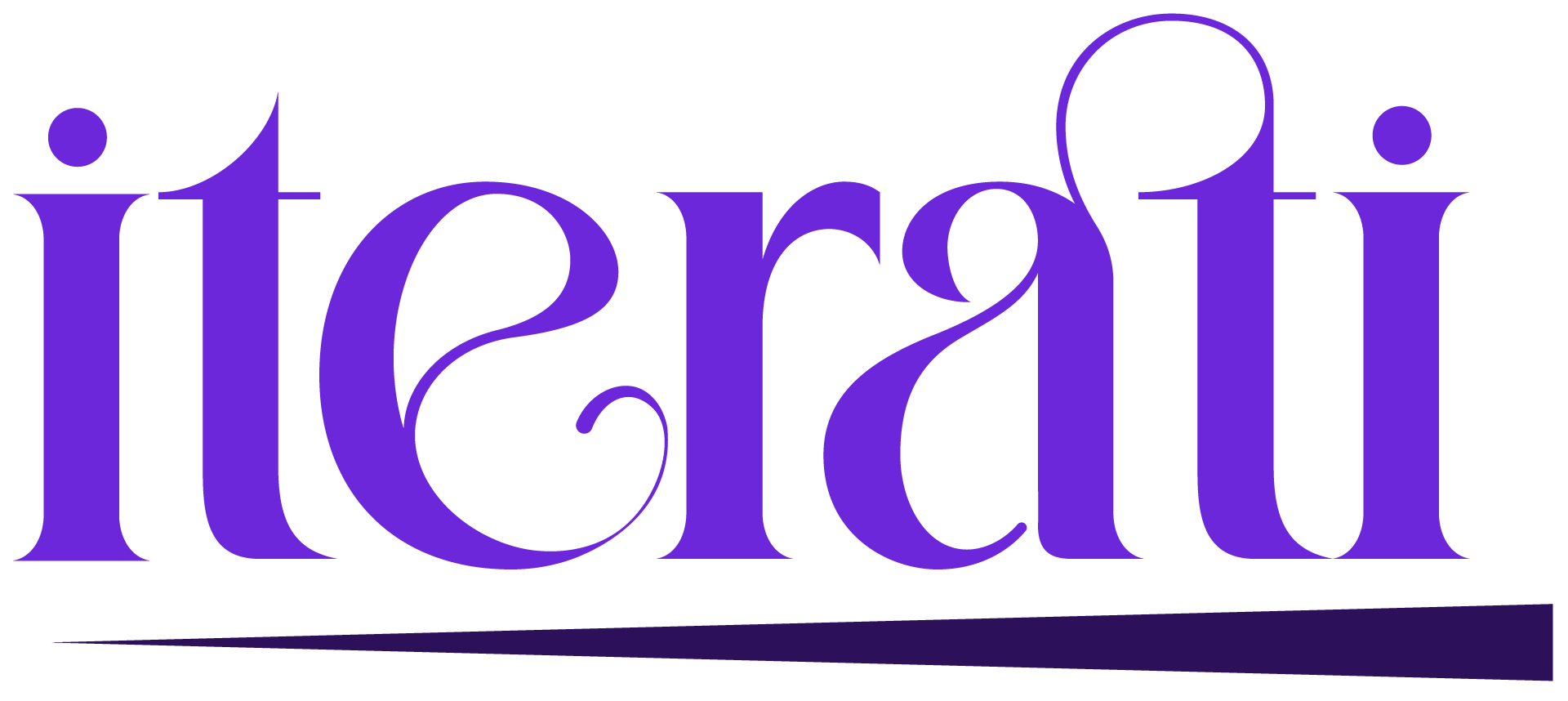


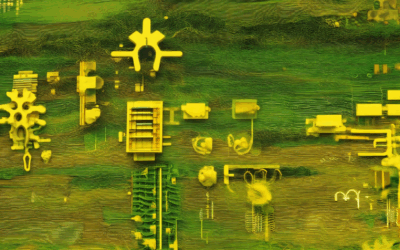
0 Comments